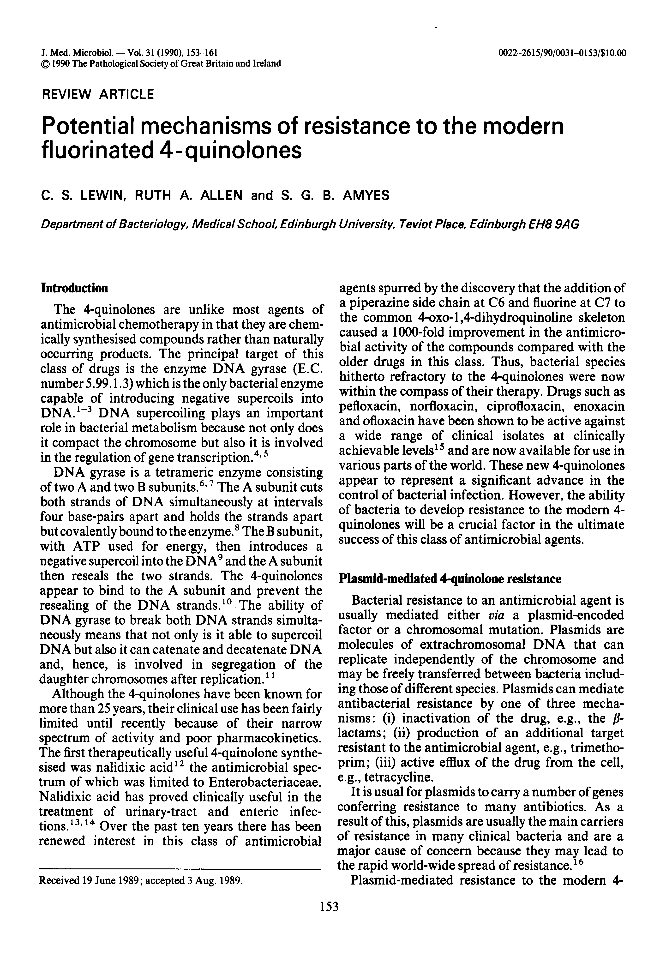
Full text loading...

Potential mechanisms of resistance to the modern fluorinated 4-quinolones, Page 1 of 1
< Previous page | Next page > /docserver/preview/fulltext/jmm/31/3/medmicro-31-3-153-1.gif
There is no abstract available.

Article metrics loading...

Full text loading...
References


Data & Media loading...
